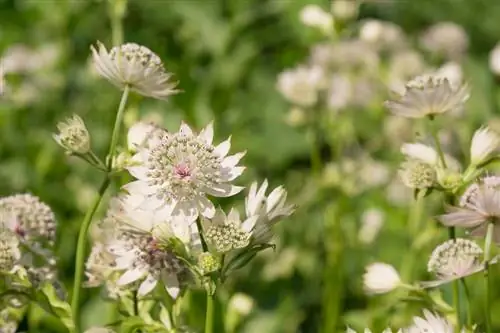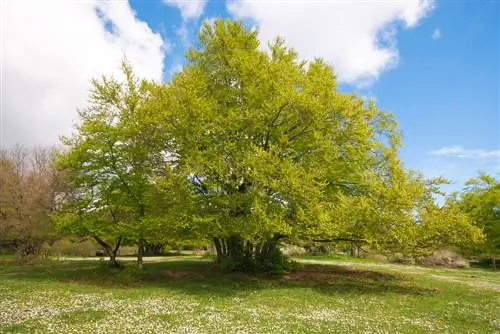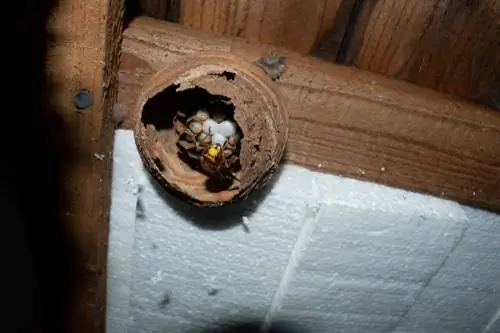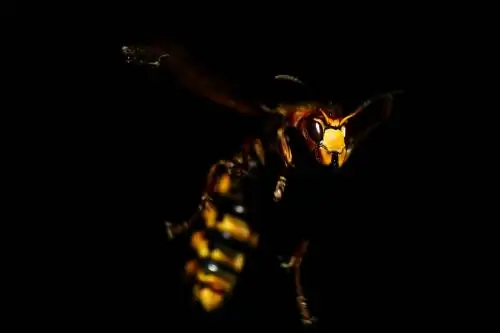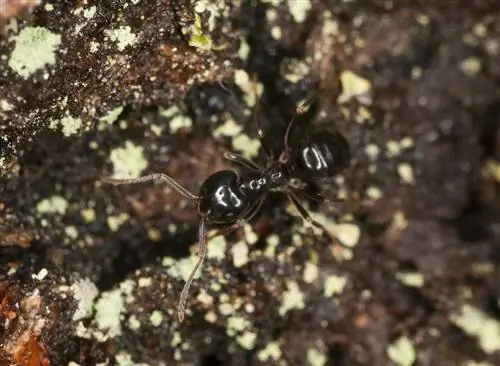- Author admin [email protected].
- Public 2023-12-16 16:46.
- Last modified 2025-06-01 06:02.
Voles are rarely seen. Therefore, it is difficult to distinguish a vole from a rat or mole. However, the behavior of the animals is quite different. Here we explain how you can recognize voles by their appearance and behavior.
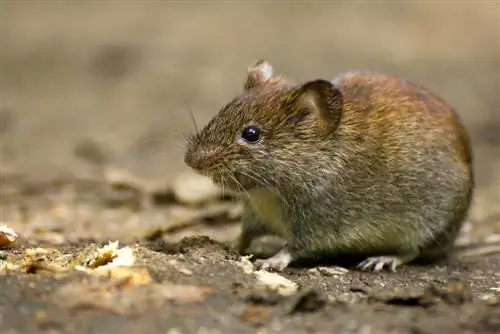
How do you recognize a vole?
To recognize a vole, pay attention to its size (9-12 cm head-body length), fur color (yellowish-brown to gray-brown), large round ears and pointed nose. You can recognize their behavior by the few, smaller mounds of earth and eaten roots in the garden.
Vole species
Not all voles are the same. There are over 150 species of voles. The ones we see most often are the muskrat, the field vole, the water vole and the bank vole. Depending on the species, the size of the vole varies between 7 and 23cm. If you have a vole in your garden, it is probably the field mouse, a dreaded garden pest.
Vole - recognize by appearance
The field mouse (Microtus arvalis) has a head-body length of 9 to 12 cm and a tail length of 2.5 to 3.8 cm. This makes it significantly smaller compared to a rat, for example. Unlike rats, voles are almost always solitary creatures, which makes them much easier to fight.
The vole's fur color varies from yellowish-brown to grey-brown, with the underside being slightly lighter. The ears are round and relatively large at up to 1.2cm, the nose is pointed and fine, typical of mice.
Voles are active both day and night, but are extremely shy and therefore rarely seen.
Recognizing voles by their behavior
Unlike moles, voles feed exclusively on roots. Moles are insectivores and are therefore very useful - in complete contrast to the vole, which can significantly reduce your vegetable harvest. Moles also build longer tunnels with significantly more mounds than voles.
Mounds of earth near voles
While moles can build over 50 molehills over their tunnel system, voles rarely have more than 5. In addition, molehills are significantly larger than vole mounds.
Tip
The best way to identify a vole is the damage it causes: Are your carrots or other roots eaten? Then you are definitely dealing with a vole.


